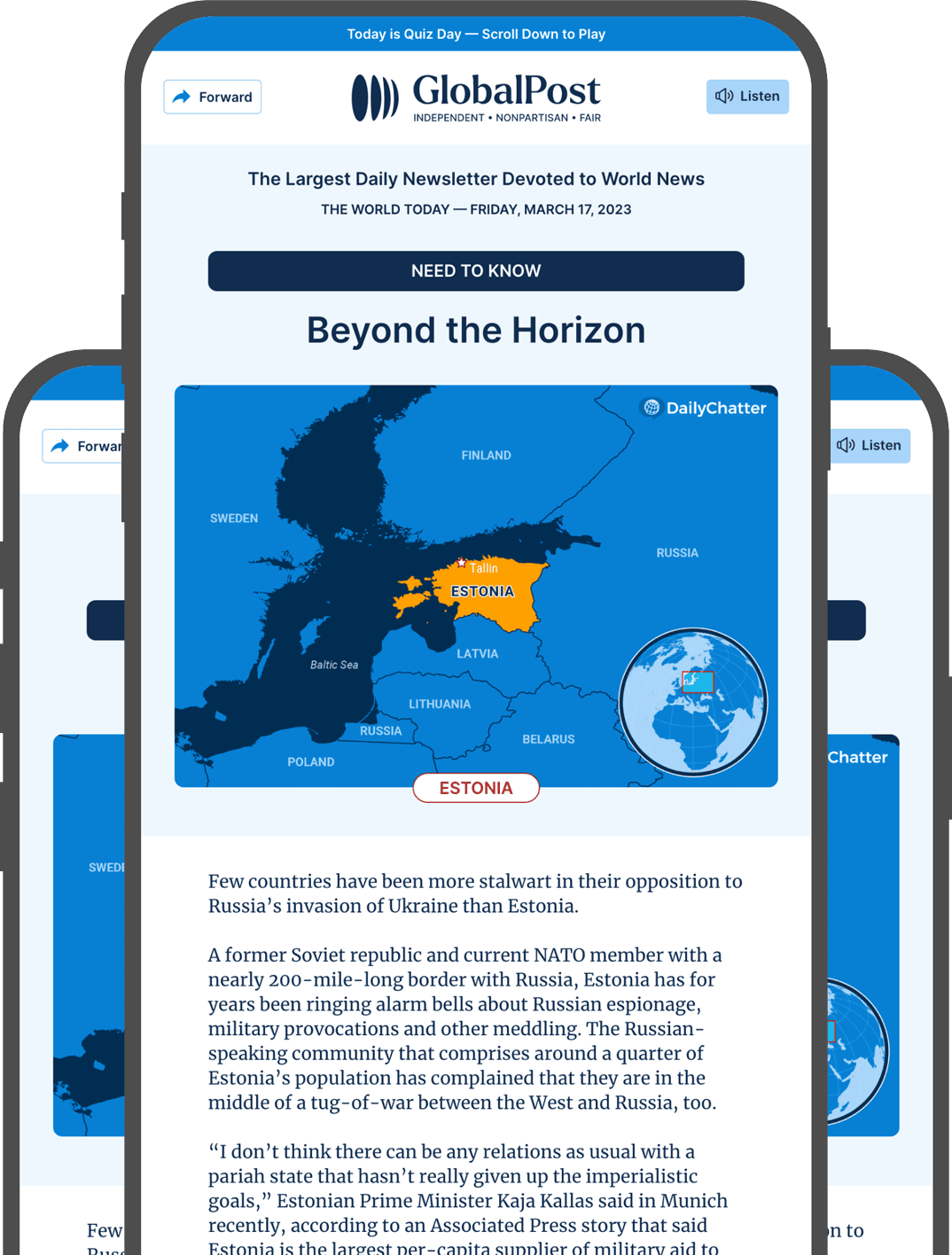The Death Wish
Earth is fortunate to sit at a safe distance from the Sun, shielded by a magnetic field that protects it from harmful solar flares.
But some 400 light-years away, scientists have discovered a planet facing a far more hostile fate – not only being blasted by its star’s flares, but actually triggering them.
That’s the conclusion of astrophysicist Ekaterina Illin and her team after analyzing data from two space telescopes and noticing a strange phenomenon occurring in the HIP 67522 star system.
The not-so-distant star is around 17 million years old – young by cosmic standards – and has two planets orbiting it.
One of them, a gas giant called HIP 67522 b, orbits dangerously close to the volatile star. Roughly the size of Jupiter, the planet completes a full orbit in just seven Earth days and is exposed to frequent, intense flaring, according to NASA.
In their study, the research team found that the planet was causing these flares by hooking into HIP 67522’s magnetic field and triggering them on the stellar surface. Observations showed that the gas giant sparked these flares once every Earth day or two.
Illin told to Scientific American that these flares were “thousands of times more energetic than anything the sun can produce,” adding that this destructive relationship will not end well for the planet.
Getting pummeled by solar flares so frequently could see HIP 67522 b lose its atmosphere and shrink to the size of Neptune – or smaller – in 100 million years.
“Flaring might cut the lifetime of the planet’s atmosphere in half,” said Illin.
While astronomers have long suspected that such self-destructive planets might exist, this marks the first time one has been directly observed.
“In a way, we got lucky,” Ilin remarked.
The authors now plan to compare HIP 67522 b with other planets in the system and figure out how this flare-triggering mechanism works.
They also hope to learn whether this phenomenon is very common across the galaxy.
“Once we figure out how it works, we can turn it into a planet-detection technique,” she told Scientific American.
Clarification: In Monday’s Discoveries item, “Shrinking Under Pressure” we said that fishing for cod was banned in 2019. That ban, applicable to the eastern Baltic, only refers to targeted cod fishing, which refers to fishing with the specific goal of catching cod, using specific equipment to attract the fish. Differently, non-targeted cod fishing is still allowed, meaning cod that is caught while fishing for a variety of species.
Subscribe today and GlobalPost will be in your inbox the next weekday morning
Join us today and pay only $46 for an annual subscription, or less than $4 a month for our unique insights into crucial developments on the world stage. It’s by far the best investment you can make to expand your knowledge of the world.
And you get a free two-week trial with no obligation to continue.
